Then I could row a boat all the way from South Wales over to Glastonbury (probably quicker than doing it by road given the stupid 20mph restrictions around here and the arbitary 50mph limits of much of the M4 in Wales - bear in mind that while Glastonbury is a mere 35 miles from where I live - as the crow flies - it's a good 100 miles by road, because they built the Severn Bridge in the wrong place)
Back in the mid 80s there used to be a passenger hovercraft service running from Barry on the South Wales coast (about 12 miles from where I live) over to Weston Super Mare, which would be
far more practical if only it had the ability to carry cars, such as the large hovercraft that used to operate between Dover and Calais, before the Channel Tunnel devastated their business model.
Sadly it was operating an old SRN-6 hovercraft that could only carry around 15-20 people and no cars, making it practically useless for anyone who wanted to do anything more than just visit the seaside "entertainments"

While the service was reasonably popular, it failed to make any money and was scrapped after a season or two
 View attachment 1439477View attachment 1439478View attachment 1439480
View attachment 1439477View attachment 1439478View attachment 1439480
Photos grabbed from here;




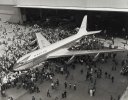

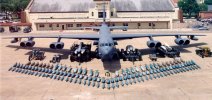

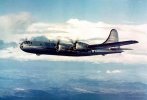
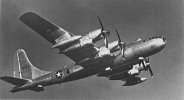
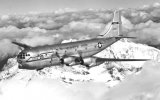
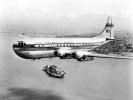

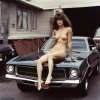

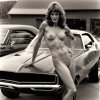

 . Plus her hooters outfit segment was worth it
. Plus her hooters outfit segment was worth it